Gratitude and trust
Foster trust in your teamNEC Thanks Card
Let's send words of thanks to each other by using
NEC Thanks Card!
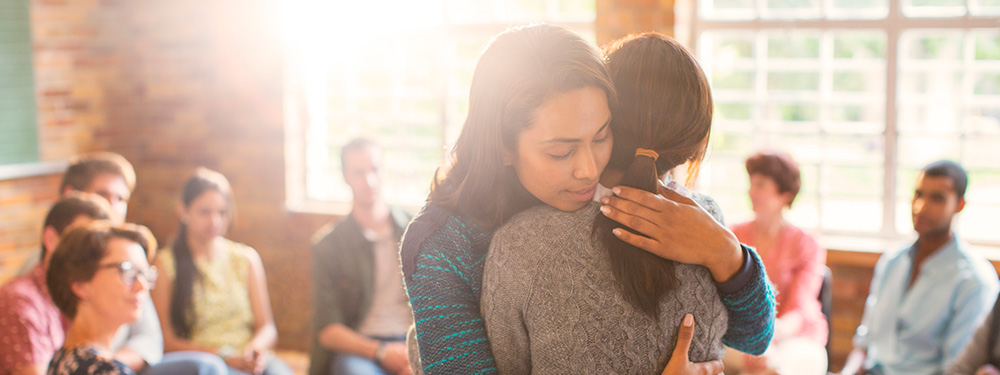

Basic concept
The cycle of gratitude and kindness is at the core of our concept. When we are shown kindness, we are grateful, and when we are grateful, we want to return kindness. This creates a cascading cycle of kind acts and further gratitude.
Derived concept
The cycle of kind acts and gratitude is contagious. When someone is kind to us, we are motivated to be kind to others and the recipient of our kindness is motivated to do the same to others. In other words, a chain-reaction of gratitude and kindness is created.
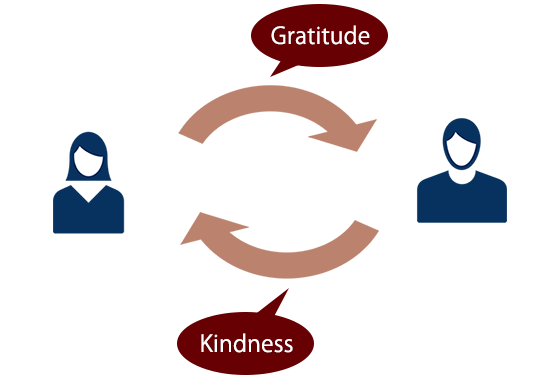
Reasons for not feeling or expressing gratitude
Japanese people are not particularly prone to gratitude
Unlike Western cultures, it has been found that feelings of gratitude and Sumanai are closely intertwined in Japanese culture [1]. As the feelings of Sumanai grow stronger, the feelings of gratitude diminish.
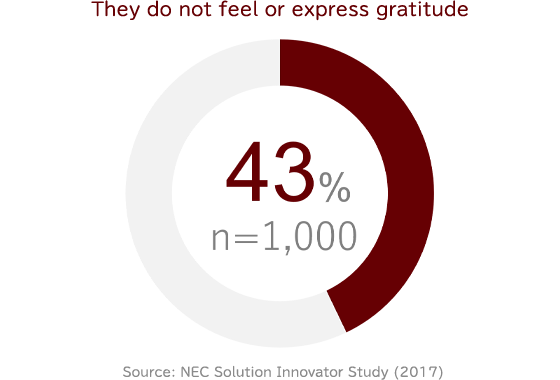
The app was developed with the following people in mind
How the app can be used
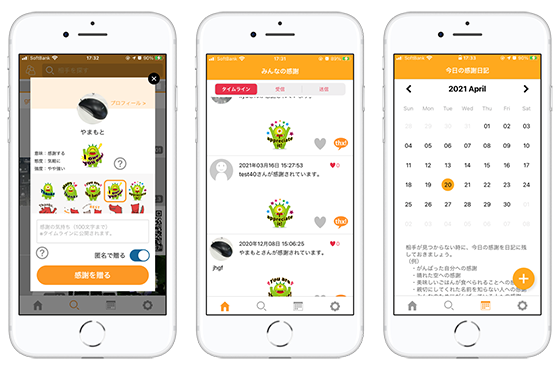
Improved sense of well-being
The results of the Gratitude Questionnaire, developed by Professor McCullough, have shown that people who are more grateful have a stronger sense of subjective well-being [2]. A few studies have found that writing down three things you are grateful for each day builds the ability for gratitude and improves subjective well-being [3].
Gratitude journaling
The NEC Thanks Card has a "Gratitude Journal" feature that allows you to record things you are grateful for. To develop the ability for gratitude, we recommend registering three things you are grateful for each day. The trick is to abandon the habit of apologizing, which is common among Japanese people, and write only what you are grateful for.

Find, remind, and bind
Professor Algoe, a leading researcher on gratitude, developed a theory from her research called "Find, Remind, and Bind," which focuses on the functions of gratitude in romantic relationships [4]. According to this theory, gratitude helps in finding new relationships, reminds individuals of current good relationships, and binds individuals closer together, thereby strengthening the bond and trust between two people.
Express gratitude
The NEC Thanks Card allows you to express gratitude to team members. Showing gratitude is a good way to build trust within the team. However, if there is a feeling of distrust, your gratitude will not be perceived as genuine, so introducing the NEC Thanks Card is effective when trust exists between members.

Inspire acts of kindness
According to a study by Associate Professor Kuranaga and her associates, givers and receivers of gratitude exhibit prosocial behaviors like acts of kindness [5]. Professor Algoe's research also reported that people who witness the exchange of gratitude are also inspired to be kinder [6].
Share gratitude
The NEC Thanks Card provides a timeline of gratitude expressed by team members. Expressing gratitude to others may be embarrassing at first but it can potentially create a workplace culture in which gratitude and appreciation become the norm.
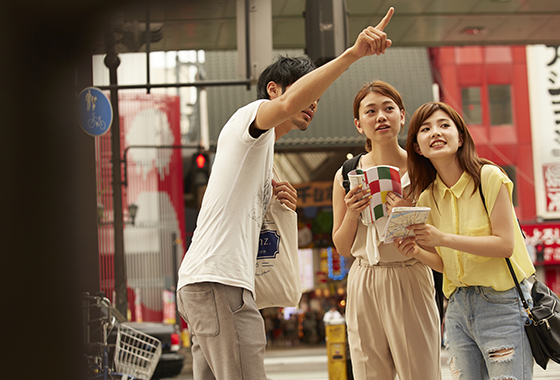
Gratitude network and level of trust
According to our research, the structure of a social network formed on gratitude is indicative of the level of trust within the team [7]. We found that the more strongly connected the networks of gratitude are within a team, the stronger the trust within the team.
Visualize the level of trust
The NEC Thanks Card digitizes gratitude, and data on the social network structure formed by gratitude is saved in the database. The data is used to calculate the level of trust, and changes of trust among team members can be observed over time. This app could be used as a new team management tool to visualize trust within a team.
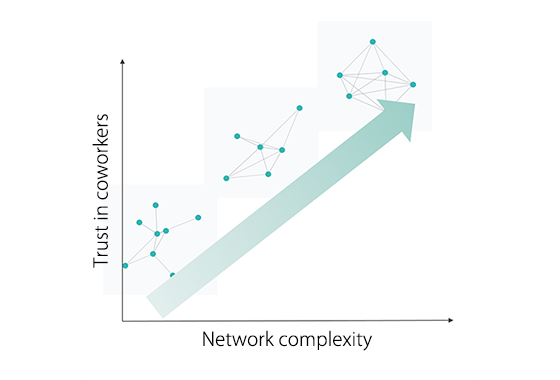
Undermining effect
Experiments conducted by Professor Deci and associates have shown that extrinsic rewards (such as monetary rewards) can undermine intrinsic motivation [8]; once extrinsic motivators are used, it is difficult to go back to intrinsic ones.
Digitizing sincere gratitude
Extrinsic rewards such as awarding points for expressing gratitude undermines intrinsic motivation for the behavior. To prevent people from expressing gratitude for the sake of earning points, we have decided not to base the NEC Thanks Card on a points reward system.
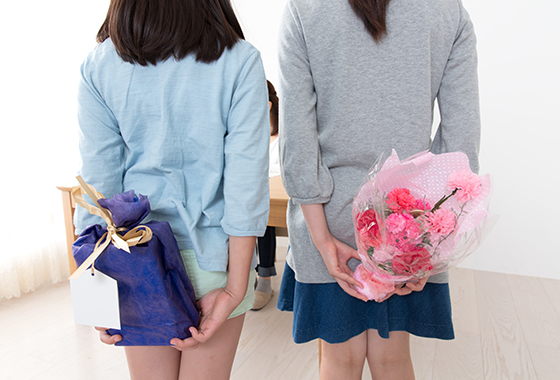
Duration of one to two months
The results of our experiment showed that simply installing the NEC Thanks Card was not sufficient; many people stopped using it one to two months after installation. This is believed to be because people are initially excited over the app but then gradually lose interest. Currently, we are constantly updating the educational articles to help prevent boredom.
How to encourage continued use
After repeated experiments, we have been relatively successful in encouraging continued use of the app using the following methods:

Saying thank you is not enough
Professor Algoe compared two types of appreciation, self-benefit (describes how the receiver is better off for having been helped) and other-praising (acknowledges and validates the actions of the giver), and found the latter to be effective in building trust [9]. On the other hand, in our experiments, gratitude expressed with a mere "thank you" did not leave much of an impression on the test subject.
Use gratitude tips
When asked about their most memorable gratitude experiences, test subjects stated their desire to feel understood, admired, praised, and appreciated for the process and effort of producing a result. Based on this feedback, the NEC Thanks Card has a "Gratitude Tip" feature that recommends words of gratitude that recipients might appreciate.

Request a free Company Code
We will issue you a Company Code that all members of your organization or team can use by entering it into the NEC Thanks Card settings.
Note: The NEC Thanks Card service will be discontinued as of October 1, 2024.
Benefits of using the app in the organization/team
